Once upon a time, a cedar bucket for a head was considered luxury aboard a small boat. L. Francis Herreshoff, in his drawing of his Rozinante, even shows one in use by a Rodin-like Thinker. But no more. “Bucket and chuck it” is a thing of the past. And here on the Maine coast we are strictly Leave No Trace—no cat holes and no digging at all on the islands—so the only alternative is a pack-it-out system, whether used ashore or afloat.
The problem is, of course, that small boats are still small. Portable flush toilets, like the classic Thetford and Dometic toilets, are too large to fit into most open boats. The folks at Duckworks decided to find a solution and produced their Small Boat Head System (SBHS): “The aim for it,” according to Duckworks, “is more for last-resort use than for daily function as a head. The idea was a solution that can be realistically carried on a small sail-and-oar type boat. The inspiration was events like the Salish 100 cruise where it’s unlikely we’ll be away from marinas or campground facilities for more than a day, but where a portable head may well be needed in a pinch. And then of course when not being used as a head it can serve other functions—dry stowage, bucket, campfire seat, etc.”
 SBM photographs
SBM photographsThe toilet seat fits over the bag and the bucket fits in a non-slip rubberized base that can be screwed in place if desired. The toilet seat is stored separate from the bucket when taken along. The caddy holds the EcoGel and waste bags, which are part of the complete system.
The SBHS is built around a 3.5-gallon cleaning bucket with the same 11-3/4″ diameter as standard 5-gallon buckets, but is just 10-3/4″ tall. The bucket is sturdy, much more so than the somewhat flimsy ubiquitous paint and drywall-compound buckets, and comes with a thick, soft rope handle. The system includes a small toilet seat, a caddy for toilet supplies, a padded bucket-seat top, a rubberized stabilizing base that can be screwed in place, liner bags, and a gelling waste treatment.
Preparing for a week on the Maine Island Trail in my 17′ oar-and-sail boat, I packed the full system and gave it a workout. On my boat, the base isn’t required. The bucket stows nicely and securely without it in between the daggerboard trunk and a buoyancy bag, and therefore doesn’t need the base to keep it from sliding around. I moved the bucket to centerline aft of the center seat to use it. The base also requires a flat surface, and there is too much curve to the floorboards to take it. The bucket and seat top are great; they make a convenient camp seat and support my full weight when I am crawling around in the boat. Their combined height of 11-1/2″ puts the top just flush with the boat’s center seat. I took the toilet seat along, but I didn’t use it. The seat can be a more comfortable perch than the bucket rim, but I found it quite simple to just use the bucket and liner bag without it.
The system includes a caddy to carry toilet paper as well as the system’s gelling agent and bags to line the bucket and hold the waste. The caddy, originally designed to hold cleaning supplies, is 6-3/8″ tall and leaves 4″ of room for filled wasted bags in the bottom of the bucket. You could cut the handle off to leave almost 6″ of room and replace the handle with a length of cord.
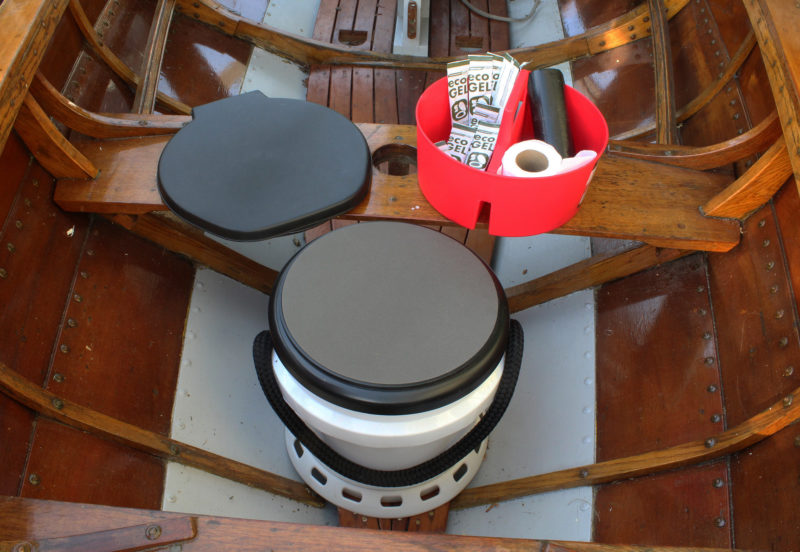
The bucket at the heart of the SBHS is sturdier than similar paint buckets. It will carry over 3 gallons of water and with padded lid in place, it makes a good camp seat.
To use the SBHS, you place a bag in the bucket and fold its edge over the bucket rim. The toilet seat snaps on—it’s a tight fit—and holds everything together. Before using the toilet, you sprinkle a bit of EcoGel into the bag. Each packet is good for several uses. Each bag can be used for single or multiple uses, according to your preferences. After use, the bag is removed by taking toilet seat off before tying the top of the bag with an overhand knot. The used bags are stored in the bottom of the bucket; there was plenty of room for me to store a week’s worth (or more) of them.
If the SBHS will get a lot of use, keeping the supplies outside of the bucket will free space in the bucket for waste storage. Plastic airtight ground-coffee containers work well for storing the toilet paper, bags, and gel. I also found some 10″ round Rubbermaid containers that fit nicely inside the bucket and have room for the toilet supplies or for filled waste bags to provide tidier storage inside the bucket or outside. The containers also make it easy to empty the bucket to use it for other purposes. One-gallon plastic paint buckets with the metal handle removed can also safely store used waste bags to free space in the bucket.
The liner bags are biodegradable and work well with the system. They are developed specifically for human waste disposal and work in conjunction with Eco Gel, a powder that deodorizes and gels the liquid waste. Eco Gel is nontoxic and composed of citric acid, lemongrass extract, and sodium polyacrylate, which is the same gelling agent used in diapers and gel cold packs. Sodium polyacrylate is not biodegradable. Used bags and their contents are disposed of in a trash-disposal facility.
My preference for waste disposal starts with a portable toilet that would be emptied at a standard toilet connected to a sewage treatment facility. Second would be a well-maintained campsite outhouse; and third, in keeping with intended purpose of the SBHS, would be bagged waste disposed of in a municipal solid-waste system. Following the principles of Leave No Trace and the prohibition of dumping waste overboard, the SBHS provides a compact and convenient means of taking care of waste in any craft larger than a kayak whenever you’re boating in areas without facilities, leaving them unsullied. ![]()
Ben Fuller, curator of the Penobscot Marine Museum in Searsport, Maine, has been messing about in small boats for a very long time. He is owned by a dozen or more boats ranging from an International Canoe to a faering.
The complete Small Boat Head System is available from Duckworks Boat Builder Supply for $79. The “Complete System” includes all the items below including one roll of liner bags but does not include gel packets.
Editor’s notes
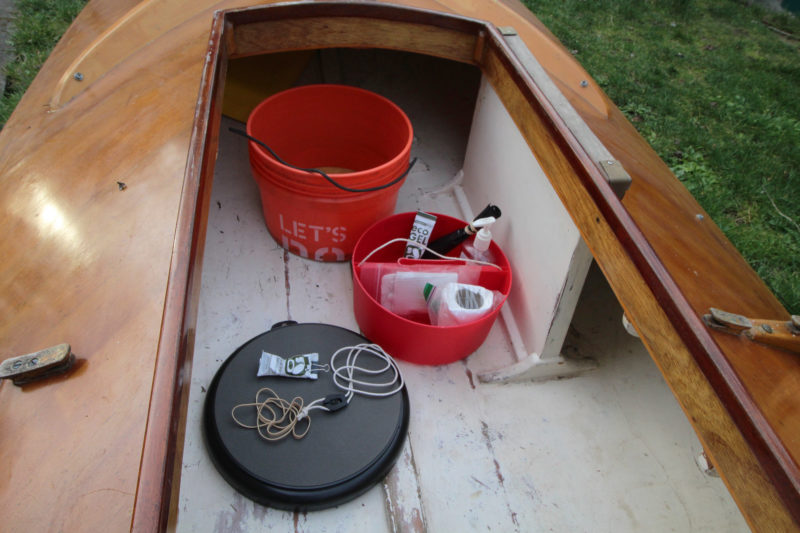
My complete system includes, from bottom up: the lid, rubber bands to hold used bags closed, a cord to hold the bag in place, EcoGel with a binder clip to close it; the caddy (with its handle cut off and a cord in its place) holding toilet paper and paper towels, bags and hand sanitizer; and the shortened 5-gallon bucket with a cord handle and a wooden bottom.
After reading Ben’s article, I bought the Small Boat Head System (SBHS) from Duckworks. While the three largest of my boats have room for a portable flush toilet, my other boats don’t. The smallest of them, LUNA, is a sneakbox and a very capable cruiser. I spent 2-1/2 months aboard her during the winter of 1985-86 and used whatever restroom facilities were available on shore, but more often I had to resort to digging catholes. I’m no longer comfortable with that routine; it doesn’t seem fair to get so much pleasure from the wilderness and then use it as my toilet.
I knew the SBHS would be too large to stow under LUNA’s deck and planned on adapting another bucket to fit. The lid, toilet seat, and caddy all fit standard five-gallon buckets, so I cut about 5-1/2″ off the bottom of a Home Depot bucket and installed a 3/4″ plywood bottom in the shortened top part. The only drawback with cutting the classic orange bucket in half was that I lost its Home Depot rallying-cry motto: “Let’s DO this.”
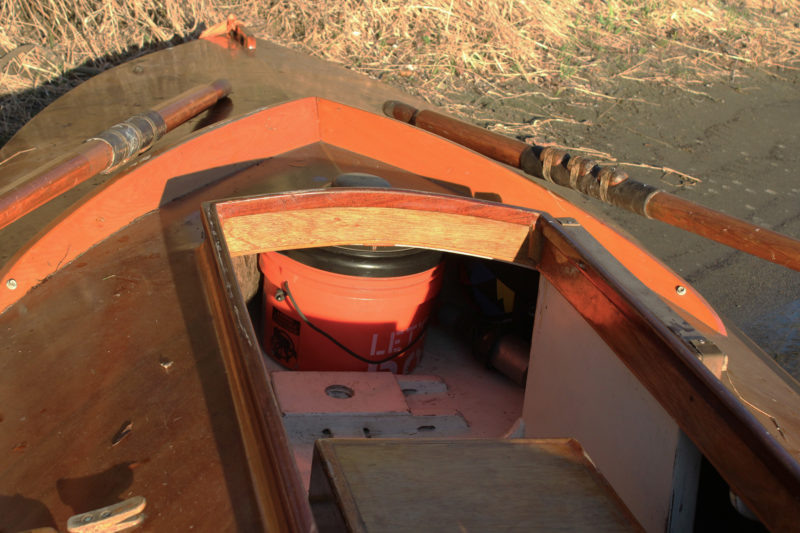
Packed up, my SBHS with the shortened bucket fits under the sneakbox deck, out of the way.
As Ben does, I use my modified SBHS without the toilet seat. The bucket rim isn’t unpleasant to sit on, but without the toilet seat clipped over the top of the bag, I use a cord with a lock to hold the bag in place when I get up (a slightly sweaty bum can be a bit sticky). To open more holding space in the bucket, I cut the handle off the caddy. There are two holes molded into the ends of the caddy’s divider that are just right for adding a handle of 1/8″ braided cord.
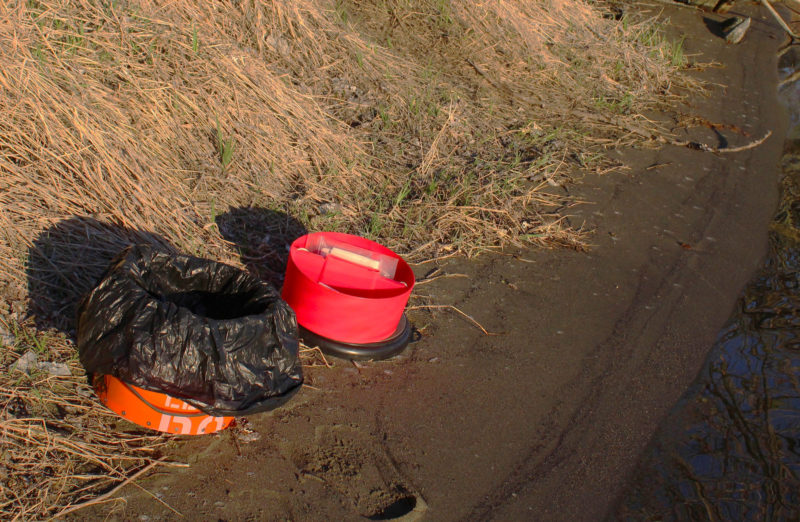
Ready to use, the system is a waterside loo with a view.
I’ll carry my shortened SBHS aboard the boats that have never had toilet facilities and use it when I get caught away from public restrooms. It’s a good way to leave no trace.
Is there a product that might be useful for boatbuilding, cruising, or shore-side camping that you’d like us to review? Please email your suggestions.
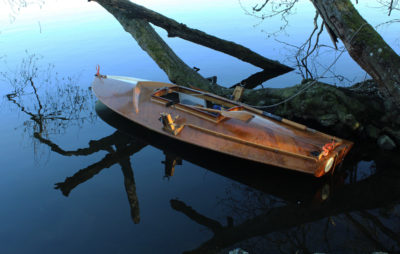
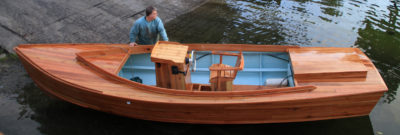
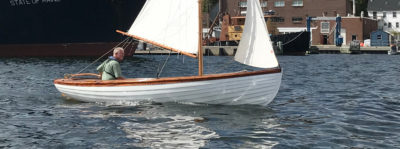

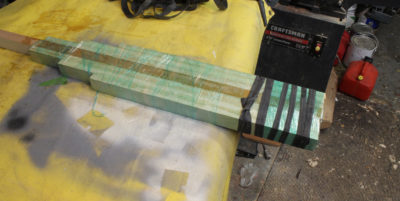
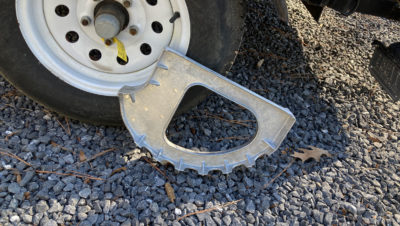
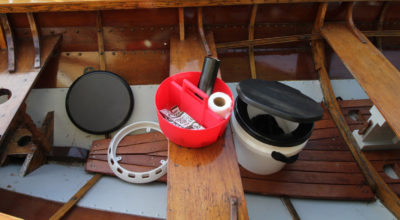
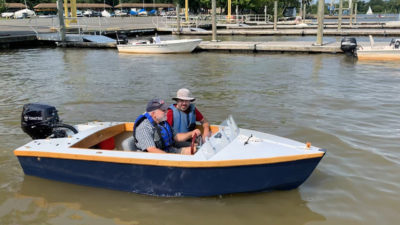
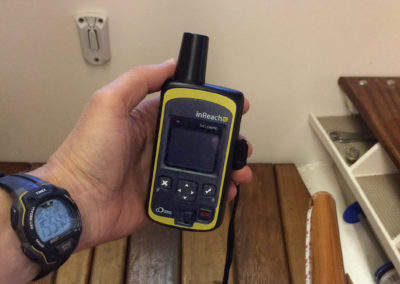
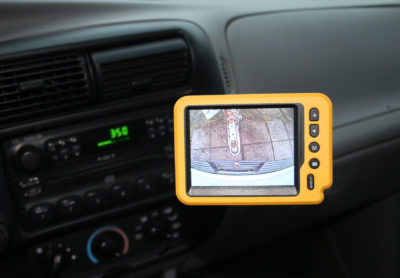

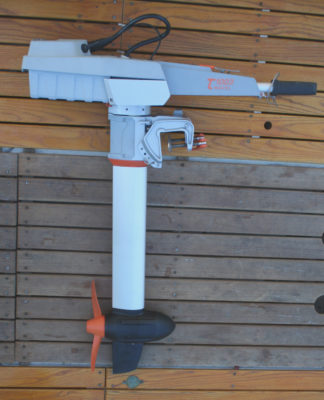
For those really space-constrained, one can purchase an empty 1-gallon paint can, and in it keep a few wag bags, toilet paper, Purell, and possibly a back issue of Small Boats Monthly, carefully folded and rolled, space permitting. Odors are usually well controlled if contents are double-bagged and sealed in the can.
In backcountry parlance, this setup is called a “groover” because it lacks the pressure-distributing effect of a proper toilet seat.
Be sure to keep a screwdriver handy–the process may become time-sensitive.
Metal ammunition boxes can also be used and their rectangular shape and size may work better for some small craft, the thin edges will definitely remind you where “groover” (a term I first came across being used by those running the Grand Canyon) came from.
Ammo cans…. I got invited to run the Grand Canyon back in 2005 in March. One morning as I sat on the toilet seat (it wobbled but was better than sitting on sharp surfaces) on top of the 50 cal ammo box inspiration came to me. I looked upriver to a bend and down river to another bend. I watched the sun change the colors of the rock face across the river, and I realized this was the most beautiful site in the world to perform bodily functions. Actually, I have fishing-fanatic friends who own pop-out plastic ugly center console blahs. But I am showing them this post because they do care about doing the right thing. This system is perfect for them.
The article is not exactly clear on the disposal of #1 and #2. Do you flush the whole bag down the toilet or empty the waste into the toilet then throw the bag in the garbage can?
I was wondering the same thing. While the bag is bio-degradable it probably won’t immediately disintegrate in the toilet for safe flushing. I suppose it will depend on the mass of the bag whether or not it can be safely flushed.
The bags are biodegradable but not flushable. The sodium polyacrylate in the Eco Gel is not biodegradable and it and the waste it treats are not meant to be flushed either. Used bags should not disposed of in plumbed toilets, campground outhouses, or pit toilets. The bags and Eco Gel are meant to be disposed of in trash receptacles whose contents will be transferred to landfills.
The bags and gel can help protect wilderness areas, but they have an environmental impact in landfills, so the SBHS is meant for occasional use when other facilities are not available.
—Ed.
“Let’s Do” is perhaps even more appropriate! :o)
Splendid idea for a portable dunny. Not to add to the garbo’s load on collection day, a dump run to dump the dumps is a deal at $7 a go, maximum weight 50-100 kilos, I don’t remember which. One would expect to be well within the limit.